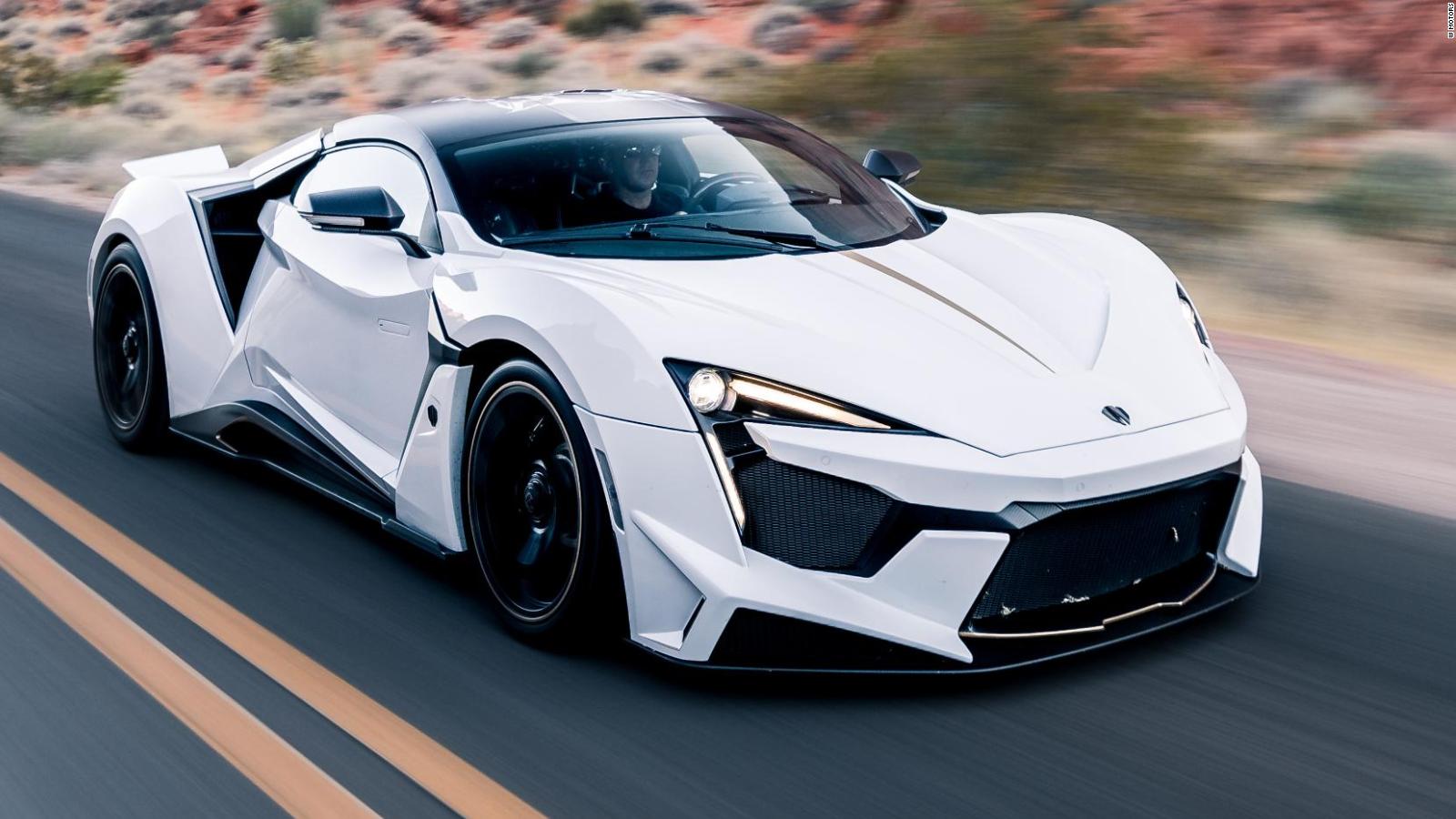

Today’s horses are around 150 and 170 cm and this makes the horse one of the domestic animals that actually expanded its adult weight during the Middle Ages. In the Middle Ages, however, horses were relatively small, the height of the mane was only about 135 centimetres and it was particularly reminiscent of today’s Icelandic horse, among other things. As a means of transport, of course, the horse was fantastic and it was now possible to cover larger areas than before when needed. However, it was different in the rest of Europe and here at home in the Nordic countries where the horse was the pride of the peasantry and played a significant role in enabling them to carry out tasks that were previously too hard for a single farmer. In Naples and in the Papal States, horses were not allowed to be used for various simple tasks or for farming. In the Middle Ages, however, this changed and the horse became an attribute and a symbolic animal for knights and others. It was the chiefs, noblemen and women who were said to be able to perform magic who also had access to the horse. During the Bronze and Iron Ages, the horse belonged only to the very upper echelons of society. From wild animals to domestic animalsĪs early as 6-7000 years ago, the horse began to be domesticated and from being an animal hunted for its meat, it eventually became one of the most popular domestic animals.

Naturally, many changes took place during this period and it was also during this period that many Countries became Christian countries, which also has an impact on how horses lived during the Middle Ages. The Middle Ages is one of the longest historical periods which lasted from the end of the 400s to the 1400s.


 0 kommentar(er)
0 kommentar(er)
